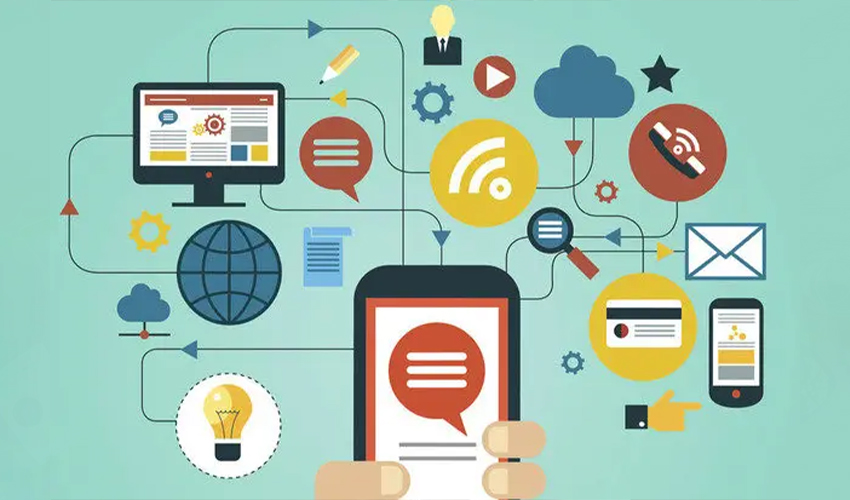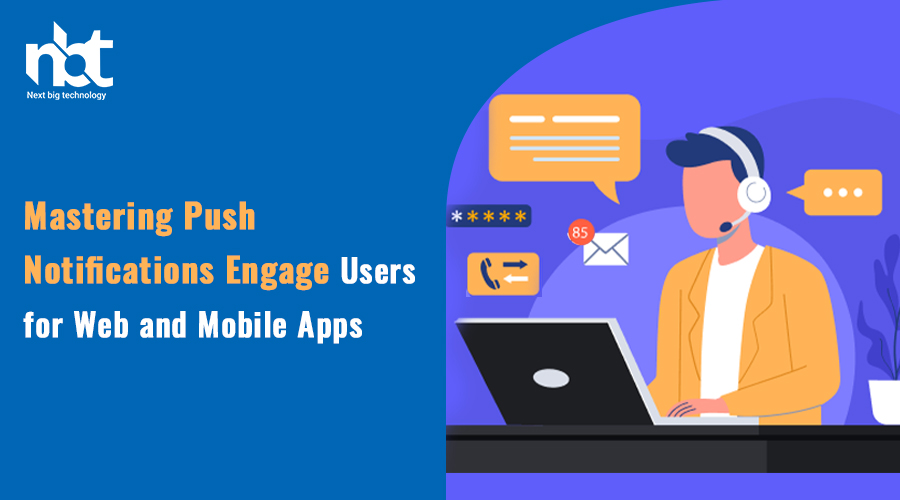Table of Contents
Introduction
Push notifications have emerged as a game-changer in the world of digital marketing and user engagement. These small, concise messages can deliver important updates, promotions, and information directly to a user’s device, making them a powerful tool for businesses and app developers. But to truly master push notifications, one must understand their nuances and follow best practices.
Understanding Push Notifications

What Are Push Notifications?
Push notifications are short messages or alerts that are sent to a user’s device, even when the app is not in use. They appear on the device’s home screen or notification center, making them a highly visible means of communication.
The Importance of Push Notifications
Push notifications serve several crucial purposes, including:
- Keeping Users Informed: Push notifications provide real-time updates, ensuring that users are aware of the latest developments within an app or website.
- Boosting User Retention: Regular notifications can remind users of an app’s existence, reducing the likelihood of them uninstalling it.
- Driving Conversions: Well-crafted push notifications can encourage users to take specific actions, such as making a purchase or completing a signup.
Types of Push Notifications
There are three main types of push notifications:
Transactional Notifications
Transactional notifications are triggered by user actions, such as confirming an order or resetting a password. They provide users with valuable information directly related to their interactions with an app or website.
Promotional Notifications
Promotional notifications are used to promote products, services, or special offers. They can help drive sales and increase revenue when effectively utilized.
Informational Notifications
Informational notifications deliver news, updates, or general information to users. They can help keep users engaged and informed about relevant topics.
Designing Effective Push Notifications
To master push notifications, it’s essential to design them effectively:

Crafting Compelling Copy
The text in a push notification should be concise, engaging, and action-oriented. Use compelling language to entice users to click and engage.
Choosing the Right Timing
Timing is crucial when sending push notifications. Avoid sending messages during off-hours to ensure that users are more likely to notice and act on them.
Using Eye-catching Visuals
Incorporating visuals, such as images or icons, can make push notifications more visually appealing and engaging.
Personalization and Segmentation
Tailoring Notifications to User Preferences
Personalization involves customizing push notifications based on user behavior, preferences, and demographics. Personalized messages are more likely to resonate with users.
Segmenting Your User Base
Segmentation involves dividing your user base into distinct groups based on characteristics such as location, behavior, or interests. This allows for more targeted and relevant notifications.
Push Notification Platforms
There are several push notification platforms available, each with its own set of features and capabilities:
Popular Tools and Services
Some popular push notification platforms include Firebase Cloud Messaging, OneSignal, and Pusher.
Integration and Setup
Integrating a push notification platform with your app or website requires technical expertise, but it’s a crucial step in the mastery of push notifications.
Push Notification Best Practices

To achieve success in push notification marketing, follow these best practices:
Frequency and Timing
Avoid overwhelming users with too many notifications. Timing is essential, so schedule messages when users are most likely to be active.
A/B Testing
Experiment with different notification strategies using A/B testing to determine what works best for your audience.
Analyzing Performance Metrics
Regularly analyze performance metrics, such as open rates and click-through rates, to refine your notification strategy.
Avoiding Common Pitfalls
To master push notifications, it’s important to avoid common mistakes:
Overloading Users with Notifications
Sending too many notifications can lead to user annoyance and app uninstalls. Strike a balance by sending relevant and timely messages.
Neglecting User Opt-in and Opt-out Options
Respect user preferences by providing clear opt-in and opt-out choices. Failing to do so can result in regulatory issues and user dissatisfaction.
Legal and Privacy Considerations

Complying with Data Protection Laws
When collecting and using user data for push notifications, ensure compliance with data protection laws like GDPR and CCPA.
Gaining User Consent
Obtain explicit consent from users before sending push notifications. Transparency and user control are key.
Case Studies
To gain insights into push notification mastery, let’s explore a few success stories:
- Case Study 1: How Company X Increased Revenue by 30% with Targeted Push Notifications
- Case Study 2: The Impact of Personalized Push Notifications on User Engagement
Future Trends
The landscape of push notifications is constantly evolving. Keep an eye on emerging trends, such as interactive notifications and AI-driven personalization, to stay ahead in the game.
Conclusion
Mastering push notifications is a valuable skill for any web or mobile app developer. By understanding their types, designing them effectively, and following best practices, you can engage users, boost retention, and drive conversions effectively.
FAQs
What is the difference between push and in-app notifications?
Push notifications are sent to a user’s device even when the app is not in use, while in-app notifications are displayed within the app while it’s open.
How can I measure the effectiveness of my push notifications?
You can measure
Thanks for reading our post “Mastering Push Notifications: Engage Users for Web and Mobile Apps”. Please connect with us to know more about Mastering Push Notifications.
.










